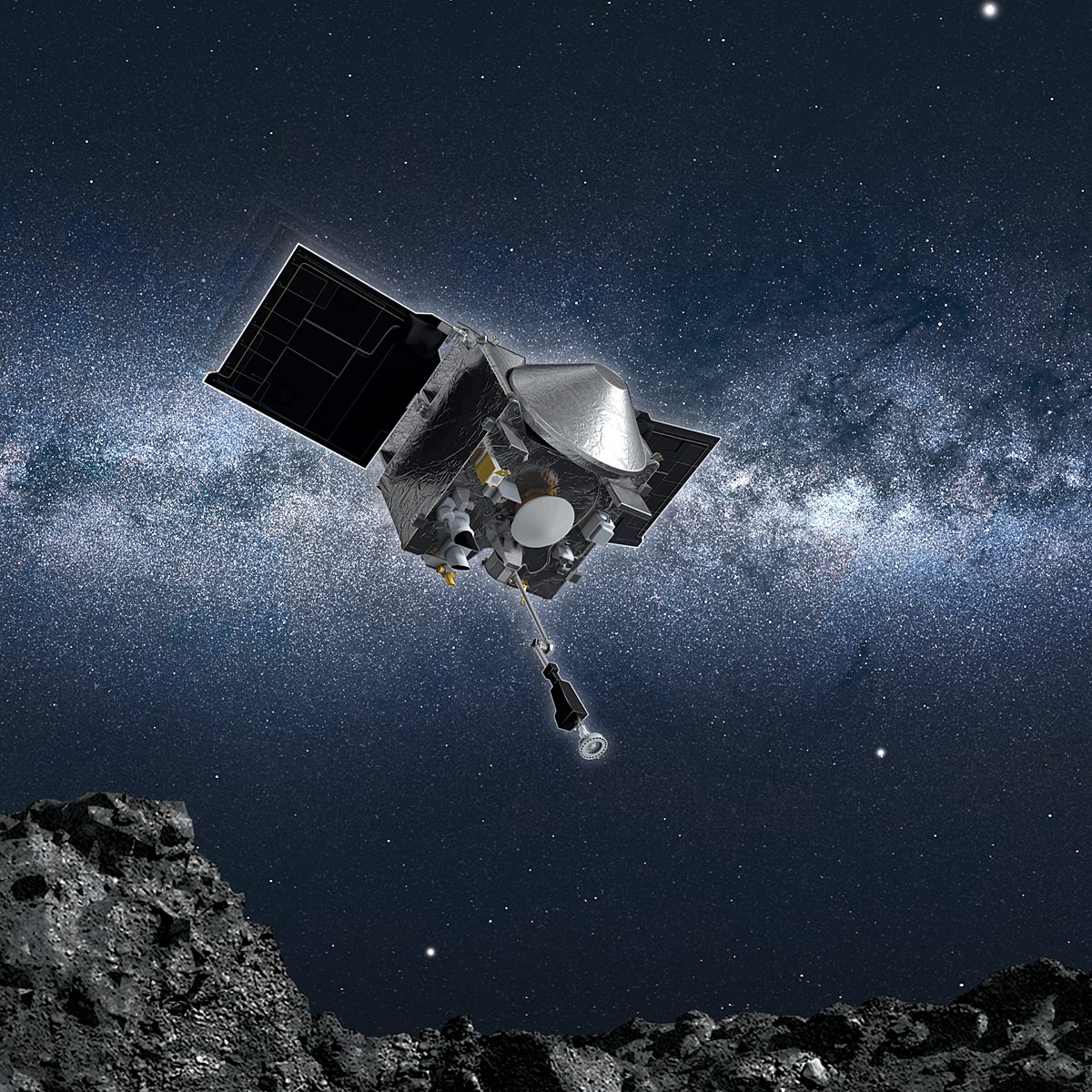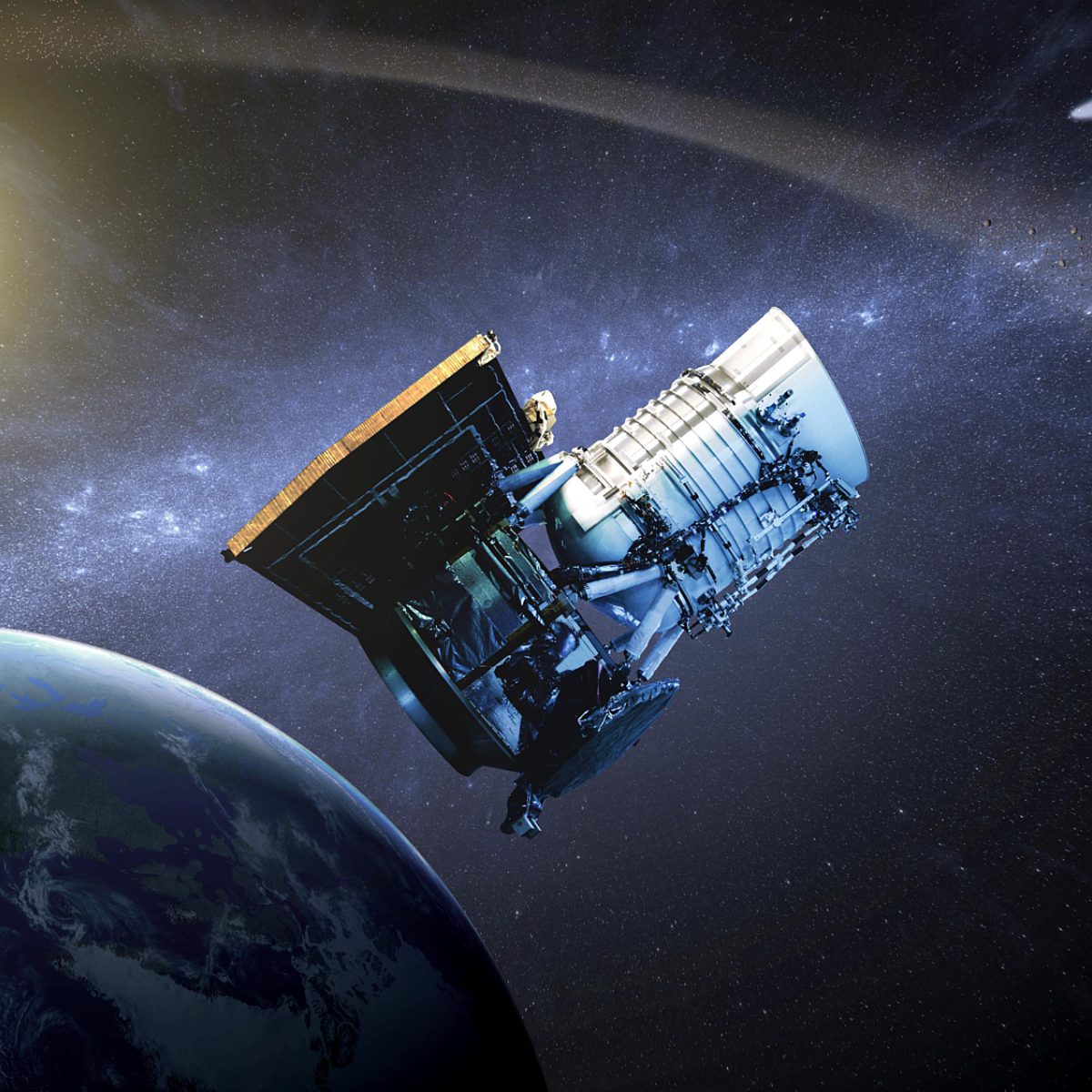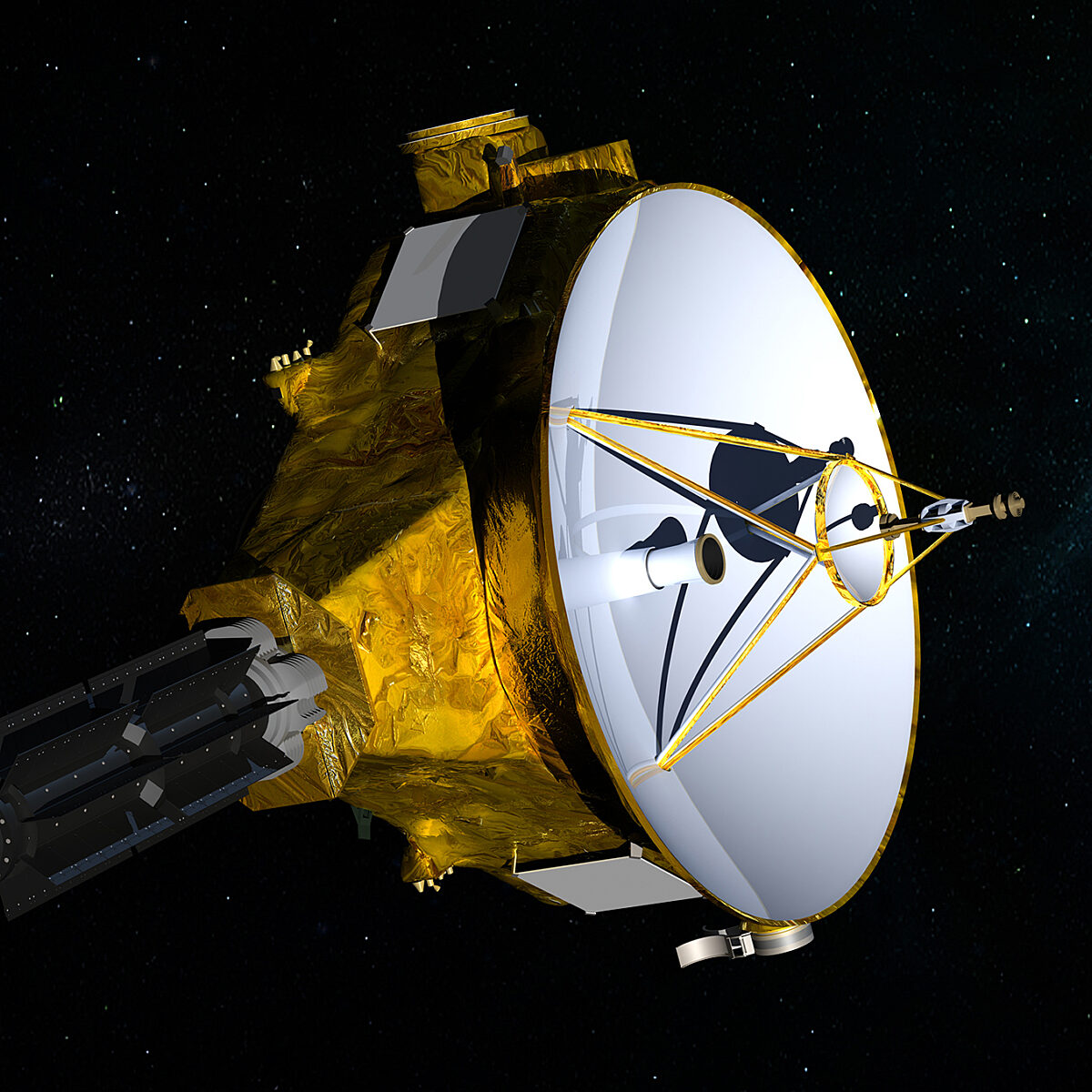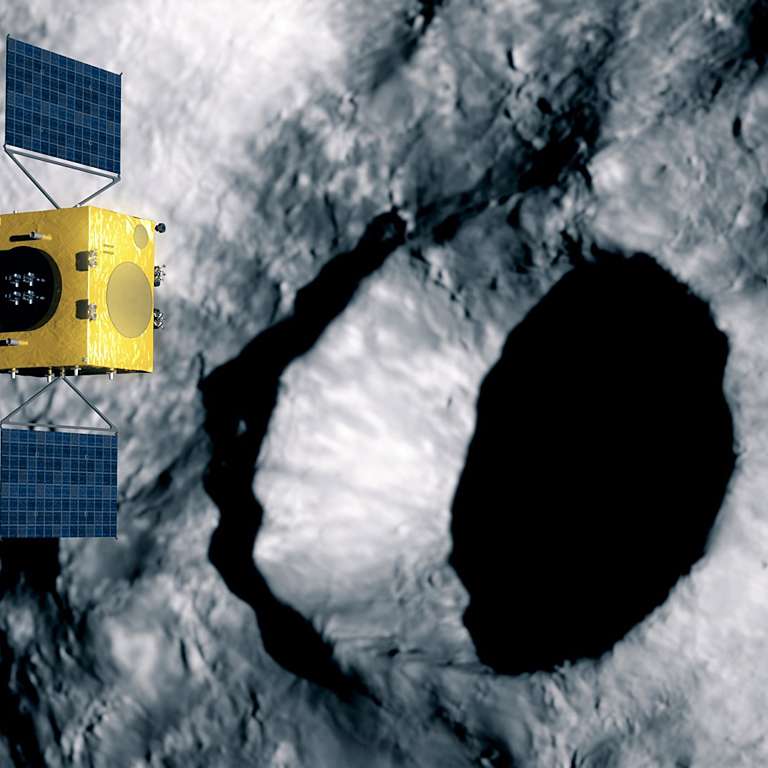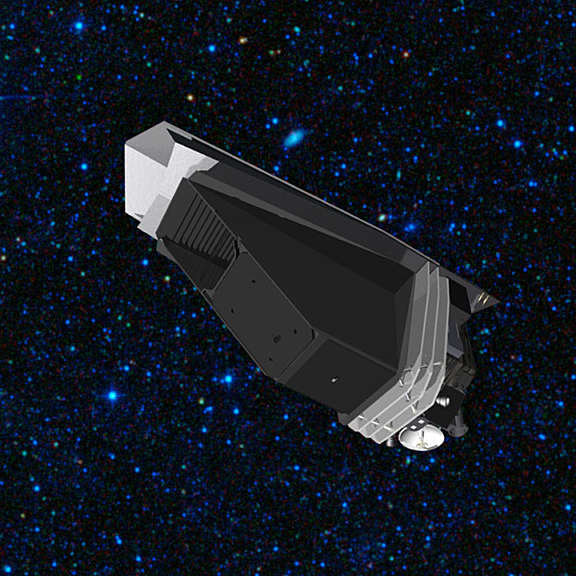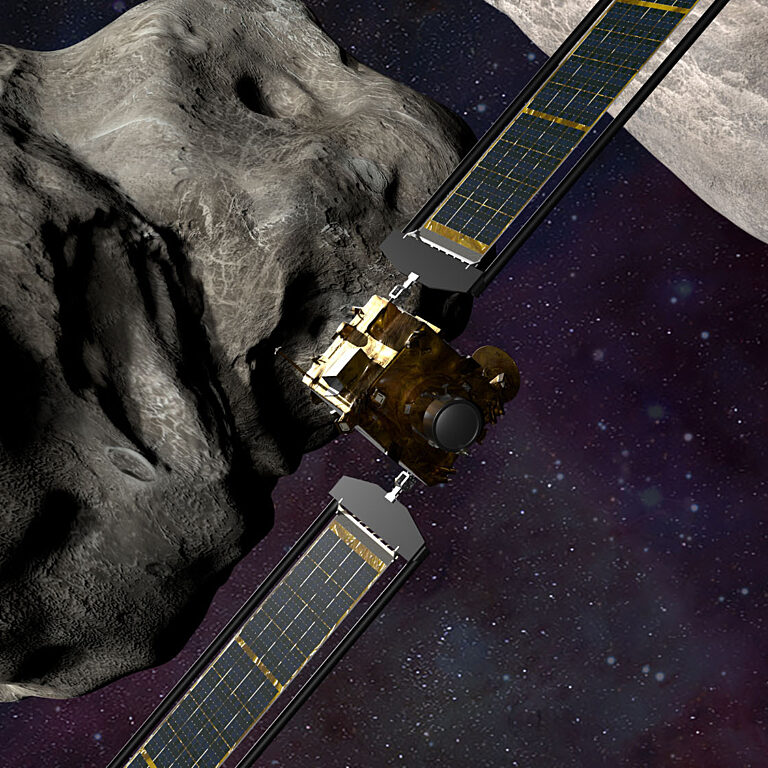Every mission to an asteroid, comet, or small world, ever
There are countless worlds to explore in our solar system besides the classical planets.
Starting with an international fleet of spacecraft sent to Halley's Comet in 1986, we've sent missions to asteroids, comets, and other small worlds that have revealed important insights about how planets are made and where we Earthlings come from.
Active Missions
Psyche, exploring a metal world
The Psyche spacecraft is on its way to be the first ever to visit a metal-rich asteroid.
Lucy, exploring Jupiter's Trojan asteroids
NASA's Lucy mission will visit eight Trojan asteroids between 2027 and 2033.
OSIRIS-APEx
NASA's OSIRIS-REx returned a sample of asteroid Bennu to Earth in September 2023. It is now traveling to asteroid Apophis as part of the OSIRIS-APEx mission.
Hayabusa2, Japan's mission to Ryugu and other asteroids
Hayabusa2 traveled to the asteroid Ryugu, deployed rovers on its surface, and brought samples back to Earth.
NEOWISE, near-Earth asteroid tracker
NEOWISE was a space telescope to detect, track, and study near-Earth asteroids.
New Horizons, exploring Pluto and the Kuiper Belt
NASA's New Horizons spacecraft was the first mission to fly past the Kuiper Belt worlds Pluto and Arrokoth.
Future Missions
Hera, ESA’s asteroid investigator
ESA's Hera spacecraft launched in 2024 to study the asteroid that NASA's DART mission impacted in 2022.
Tianwen-2
China's Tianwen-2 mission will launch in 2025 on a mission to collect samples from a near-Earth asteroid and return them to Earth.
China planetary defense mission
China plans to launch its first asteroid deflection test in 2025.
NEO Surveyor, protecting Earth from dangerous asteroids
NASA’s NEO Surveyor is a space telescope that will search for and study near-Earth objects.
Comet Interceptor
ESA's Comet Interceptor will launch in 2029 to fly past and study a pristine long-period comet as it approaches the Sun for the very first time.
Past Missions
DART, NASA's test to stop an asteroid from hitting Earth
The Double Asteroid Redirection Test intentionally crashed into the moonlet Dimorphos.
NEA Scout, NASA's solar sail mission to an asteroid
NEA Scout would have used a solar sail to leave the Moon's orbit and visit a near-Earth asteroid.
Rosetta and Philae
The European Space Agency’s Rosetta mission, launched in 2004, orbited and dropped a lander (Philae) on comet 67P/Churyumov-Gerasimenko as the comet flew through the inner solar system, giving us an unprecedented look at how comets change over time. Rosetta found comet 67P’s water to be different from Earth’s and even to that of many other comets and asteroids, indicating diverse origins of water in our solar system.
International Cometary Explorer (ICE)
In 1985, NASA’s International Cometary Explorer, ICE, became the first spacecraft to fly past a comet, coming within 7,900 kilometers of comet Giacobini-Zinner. Although ICE had no cameras, it detected water and carbon monoxide, confirming the theory that comets are similar to dirty snowballs.
PROCYON
Launched with Hayabusa2, the PRoximate Object Close flYby with Optical Navigation (PROCYON) mission was a 50 kg-class microsatellite tasked with performing a close flyby observation (within 50 km) of an asteroid. The spacecraft entered its planned initial Earth-resonant orbit on December 4, 2014, where it commenced its initial operation phase. The mission returned to Earth near the end of 2015 with its solar electric propulsion system, where its ion engine failed to perform a deep space maneuver to change its trajectory toward its target asteroid 2000 DP107.
Dawn
In 2007, NASA launched the Dawn spacecraft to orbit Vesta and then Ceres, the two largest worlds in the main asteroid belt. Dawn found water-bearing minerals on Vesta’s surface and abundant water ice and organics on Ceres. Because these materials evaporate close to the Sun, Vesta and Ceres either formed farther away or were struck by objects carrying water and organics that formed farther away. Ceres has hundreds of bright spots formed by briny (salty) water bubbling up from a subsurface reservoir. While icy moons like Enceladus and Europa have subsurface oceans that are warmed by the pull of nearby giant planets, Ceres appears to have enough internal heat to keep its subsurface water from freezing.
Deep Impact
One day prior to its flyby of Tempel 1, Deep Impact released a 364-kilogram copper impactor onto a collision course with the comet. The impactor captured images all the way down to its 10.2 kilometer-per-second impact with Tempel 1. The flyby spacecraft captured amazing views of the impact from a safe distance as every large telescope on Earth was also pointed at the comet. Since the end of its primary mission, Deep Impact's blurred camera has been employed to study exoplanets (a project called the EPOXI mission), and the spacecraft has encountered a second comet, 103P/Hartley 2.
Hayabusa (MUSES-C)
Hayabusa's mission to and from asteroid Itokawa was one of the most thrilling adventures in modern space exploration, marked by numerous near-mission-ending disasters saved by the ingenuity of mission engineers, and culminating in the fiery death of the parent spacecraft on the night of the return of its sample capsule — a story much too long for this space (and dramatic enough to be the subject of three feature-length films in Japan). Upon the successful return of the sample capsule, a very small amount of asteroid dust was found inside, plenty for analysis by labs trained on the Stardust samples.
Comet Nucleus Tour (CONTOUR)
CONTOUR was lost August 15, 2002, when the spacecraft failed to contact Earth shortly after a scheduled firing of its main rocket motor. Investigation revealed that the spacecraft broke apart toward the end of the rocket motor firing. The spacecraft had been scheduled to fly by at least three comets: comet 2P/Encke in 2003, continuing with 29P/Schwassmann-Wachmann in 2006, and 6P/d'Arrest in 2008.
Stardust
Launched in 1999, Stardust flew past asteroid 5535 Annefrank in 2002 and by comet Wild 2 in 2004 where it collected samples of dust and volatiles from the comet's coma as well as images and other data. Other objectives of the mission included collecting samples of interstellar dust grains and conducting preliminary analysis of the composition of the cometary dust particles. It returned the samples to Earth on January 15, 2006. The aerogel collector plates proved to be full of cometary material, surpassing the science team's expectations. Stardust was sent onward to comet 9P/Tempel 1 in 2011, which had been the target of the Deep Impact mission. With nearly no fuel left onboard, Stardust was commanded to burn the rest of it to depletion before powering down for good.
Deep Space 1
Deep Space 1 was a demonstration probe launched in 1998 designed to test new technologies such as ion propulsion. In 1999, the spacecraft flew by asteroid 9969 Braille within 15 kilometers of the asteroid's surface. With all systems still operating at the end of its primary mission in September 1999, engineers decided to extend the mission and attempt a flyby of comet 19P/Borrelly. By the time Deep Space 1 reached Borrelly in 2001, it had lasted three times longer than expected. It flew within 2,200 kilometers of the comet, providing the most detailed images of a comet's nucleus yet seen.
Near Earth Asteroid Rendezvous (NEAR)
Launched in 1996, NASA’s NEAR Shoemaker spacecraft entered orbit around near-Earth asteroid Eros in 2000. During its yearlong mission, NEAR gathered 10 times more data than originally planned. On February 12, 2001, with its fuel and funding nearly depleted, mission planners tried the unprecedented maneuver of landing the orbiter on Eros. With fragile solar panels and protruding antennae, NEAR was never intended to be a lander. However, controllers successfully brought the spacecraft to a gentle 1.9 meter-per-second touchdown onto the rocky surface, taking 69 images during the final descent. The spacecraft continued to function even after it landed. NEAR was officially shut down on February 28, 2001.
Galileo
Launched in 1989, NASA’s Jupiter-bound Galileo spacecraft made the first asteroid flyby in 1991, coming within 1600 kilometers of Gaspra in the main asteroid belt. The pictures revealed an irregularly shaped world formed by debris from a collision between other objects. Two years later in 1993, Galileo gave us a close look at another main belt asteroid, Ida, which turned out to have a tiny moon now named Dactyl.
Giotto
Launched in 1985, Giotto flew by comet Halley in 1986 at a distance 596 kilometers. All experiments performed well and returned a wealth of new scientific results, of which perhaps the most important was the clear identification of the cometary nucleus. During an extended mission, the spacecraft successfully encountered comet Grigg-Skjellerup in 1992 at a distance of 200 kilometers.
Suisei and Sakigake
Launched in 1985 each, Suisei (which translates to ‘Comet') and Sakigake (which translates to 'Pioneer') encountered comet Halley at distances of 151,000 and 7 million kilometers respectively. Part of an international fleet of spacecraft to study Halley's comet, Suisei in particular measured the comet's rotation period using ultraviolet imaging.


 Explore Worlds
Explore Worlds Find Life
Find Life Defend Earth
Defend Earth




